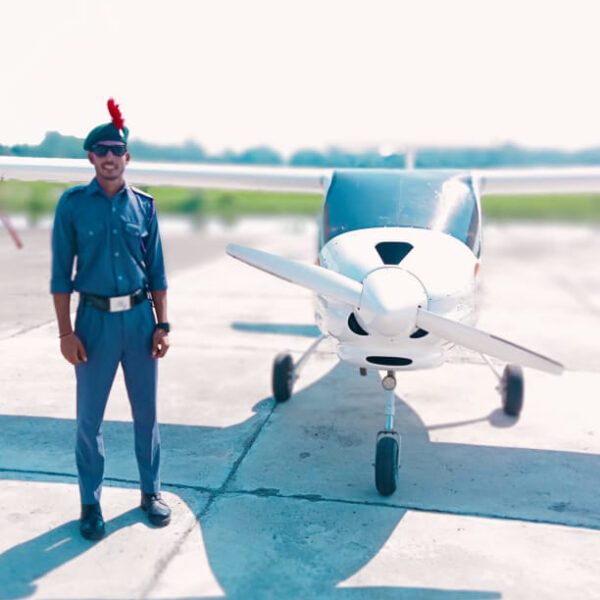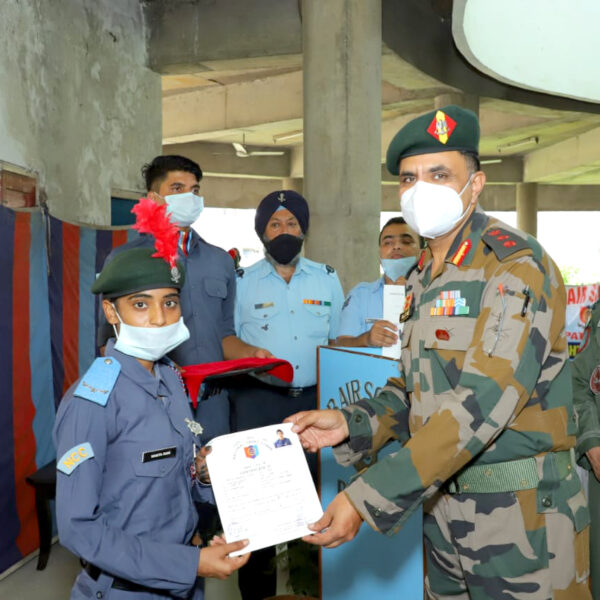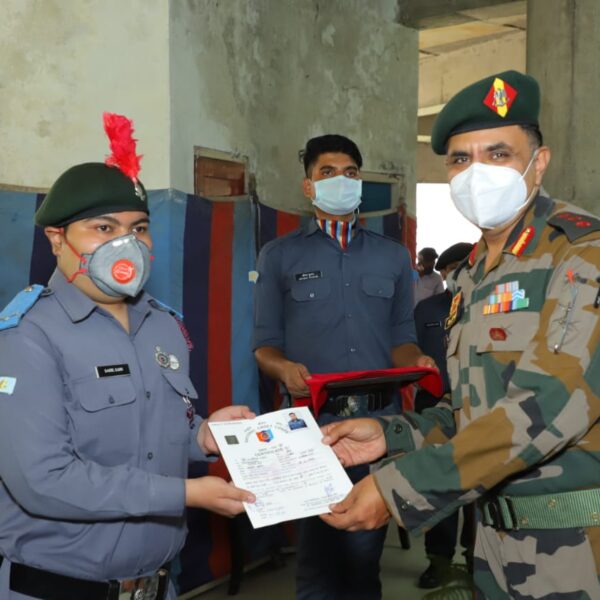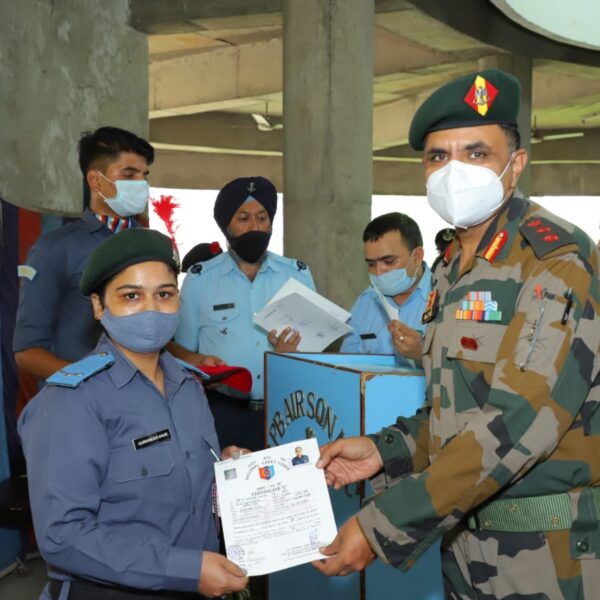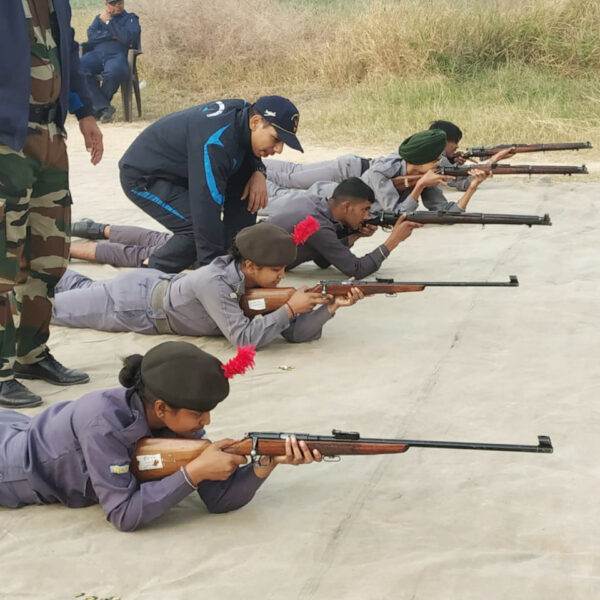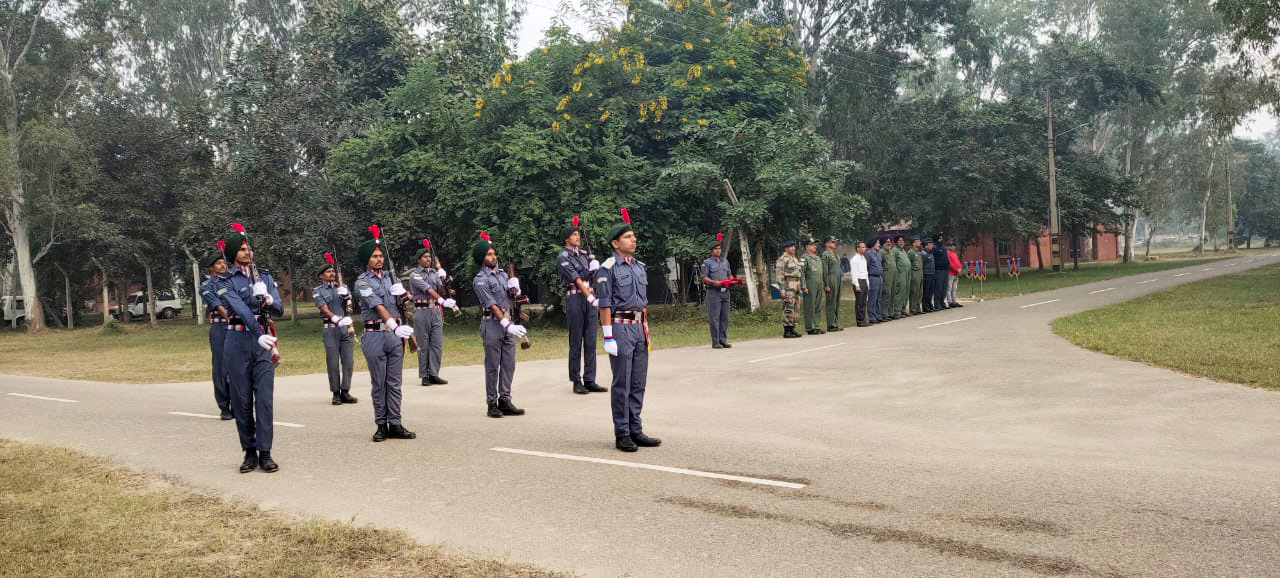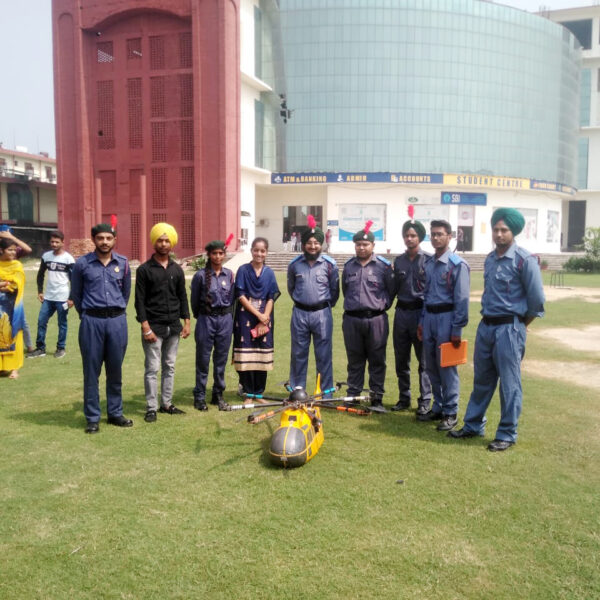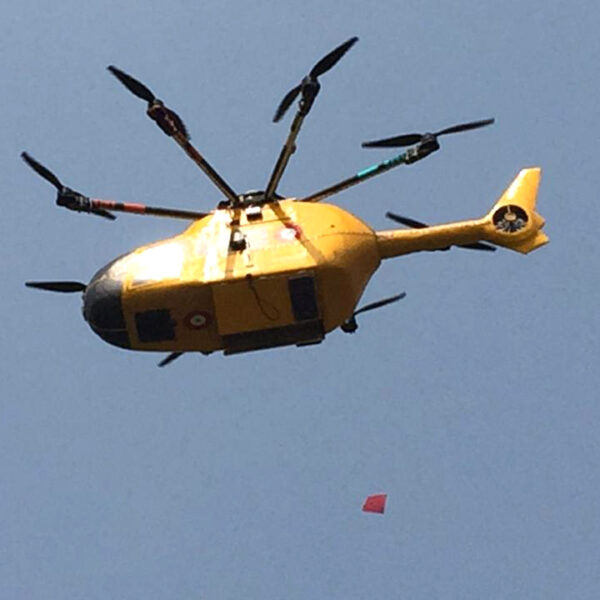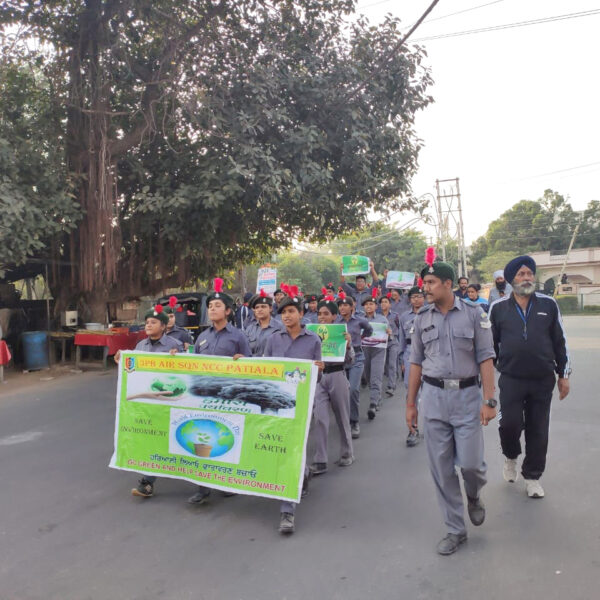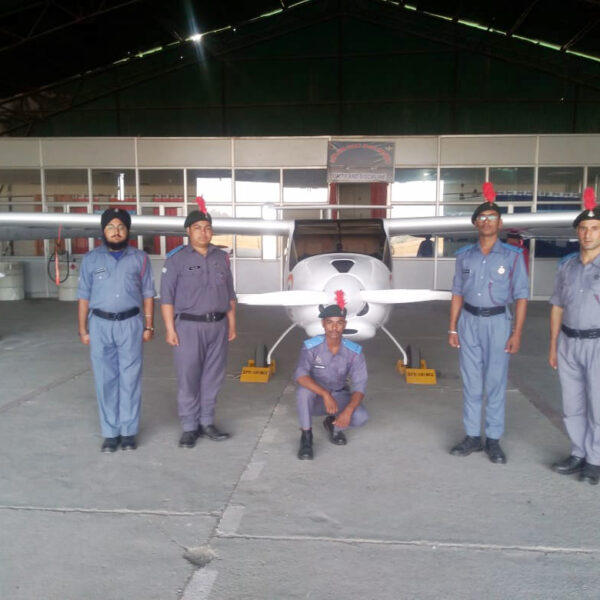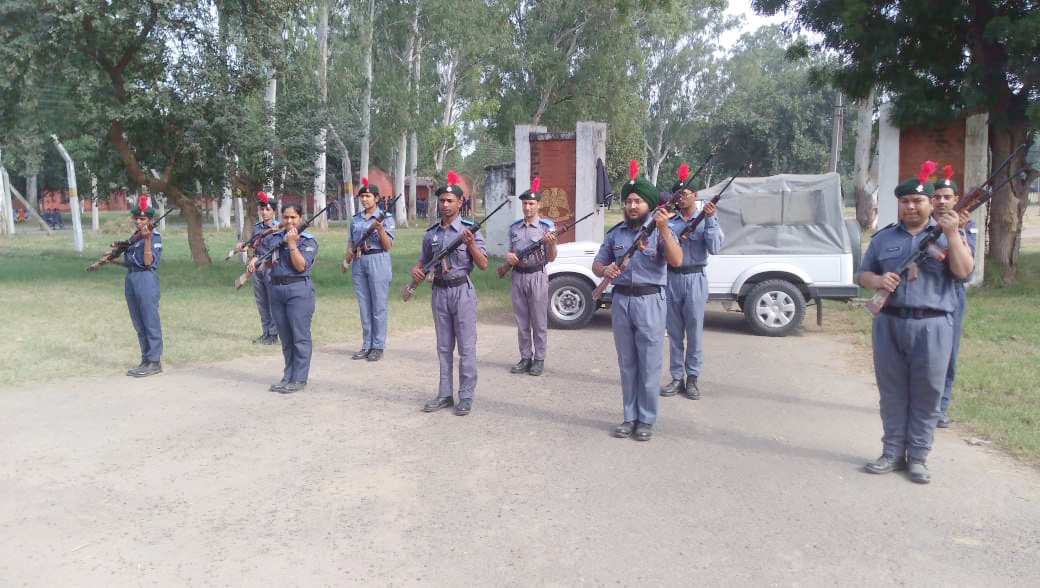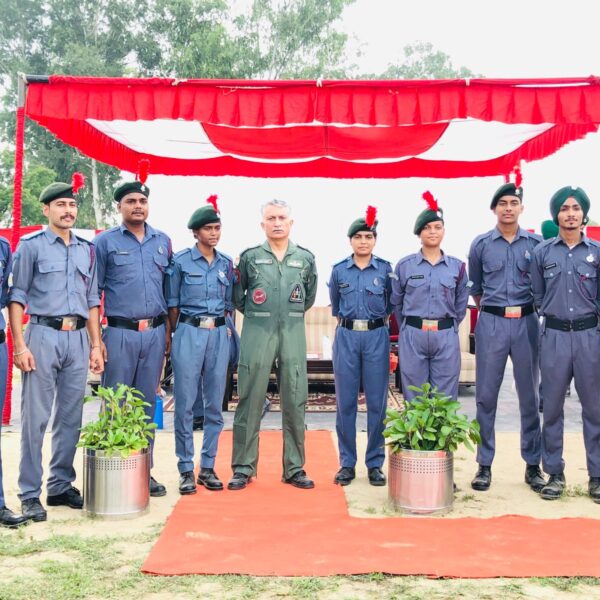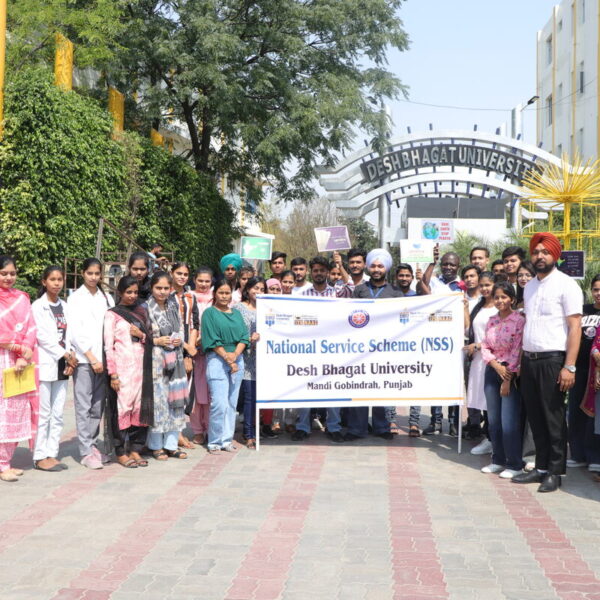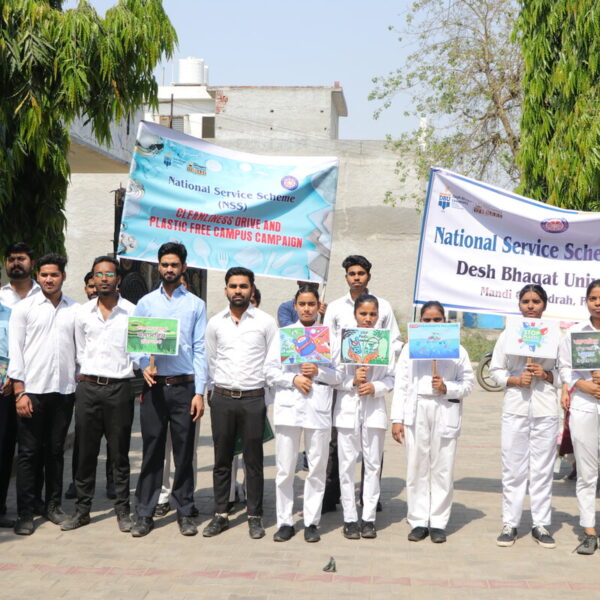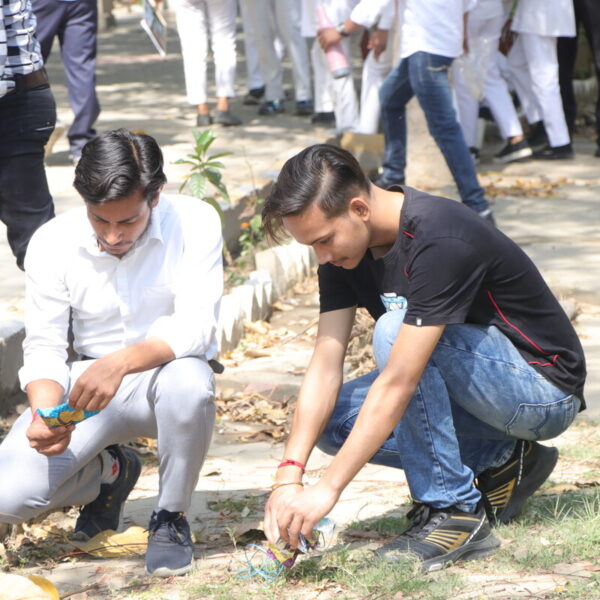NSS/NCC
November 21, 2022 2023-05-01 10:21NSS/NCC
Desh Bhagat University, Mandi Gobindgarh (Pb.) is The First Private University of the State to have Senior Wing Air Squadron National Cadet Corps (NCC).
Students of DBU have shown enthusiastic interest and have actively participated in the various activities during the Annual Training Camp like Range firing, Parasailing, Flying Microlight Aircrafts. NCC open to school, college and University students on voluntary basis. The National Cadet Corps in India is a voluntary organization which recruits cadets from high schools, colleges and Universities all over India. The Cadets are given basic military training in small arms and parades. The officers and cadets have no liability for active military service once they complete their course but are given preference over normal candidates during selections based on the achievements in the corps. NCC not only provide you students opportunity to develop character, discipline, leadership, secular outlook, spirit of adventure and ideals of selfless service amongst the youth of the country, but also NCC provide a student Cadet, a suitable environment to take up a career in the ARMED FORCES.
Motto of NCC
Unity and Discipline (Ekta aur Anushasan)
Aims of NCC
- To develop qualities of character, courage, comradeship, discipline, leadership, secular outlook, spirit of adventure and sportsmanship and the ideals of selfless service among the youth to make them useful citizen.
- To create a human resource of organised trained and motivated youth to provide leadership in all walks of life including the Armed Forces and be always available for the service of the nation.
NCC History
The NCC in India was formed with the National Cadet Corps Act of 1948. It was raised on 15 July 1948 The National Cadet Corps can be considered as a successor of the University Officers Training Corps (UOTC) which was established by the British in 1942. During World War II, the UOTC never came up to the expectations set by the British. This led to the idea that some better schemes should be formed, which could train more young men in a better way, even during peace times. A committee headed by Pandit H.N. Kunzru recommended a cadet organization to be established in schools and colleges at a national level. The National Cadet Corps Act was accepted by the Governor General and on 15 July 1948 the National Cadet Corps came into existence.
During the 1965 and 1971 wars with Pakistan, NCC cadets were the second line of defence. They organised camps to assist the ordinance factories, supplying arms and ammunition to the front, and also were used as patrol parties to capture the enemy paratroopers. The NCC cadets also worked hand in hand with the Civil Defence authorities and actively took part in rescue work and traffic control. After the 1965 and 1971 Indo-Pak wars the NCC syllabus was revised. Rather than just being the second line of defence, NCC syllabus laid a greater stress on developing qualities of leadership and Officer-like qualities. The military training which the NCC cadets received was reduced and greater importance was given to other areas like social service and youth-management.
Benefits of joining NCC
Vacancies Reserved For NCC Cadets in Armed Forces
- Indian Military Academy,
- Officers Training Academy,
- Indian Naval Academy
- Indian Air force academy
- DIRECT ENTERY in the ARMED FORCE (No entrance exam, Direct SSB for Cadets holding ‘C’ certificate)



